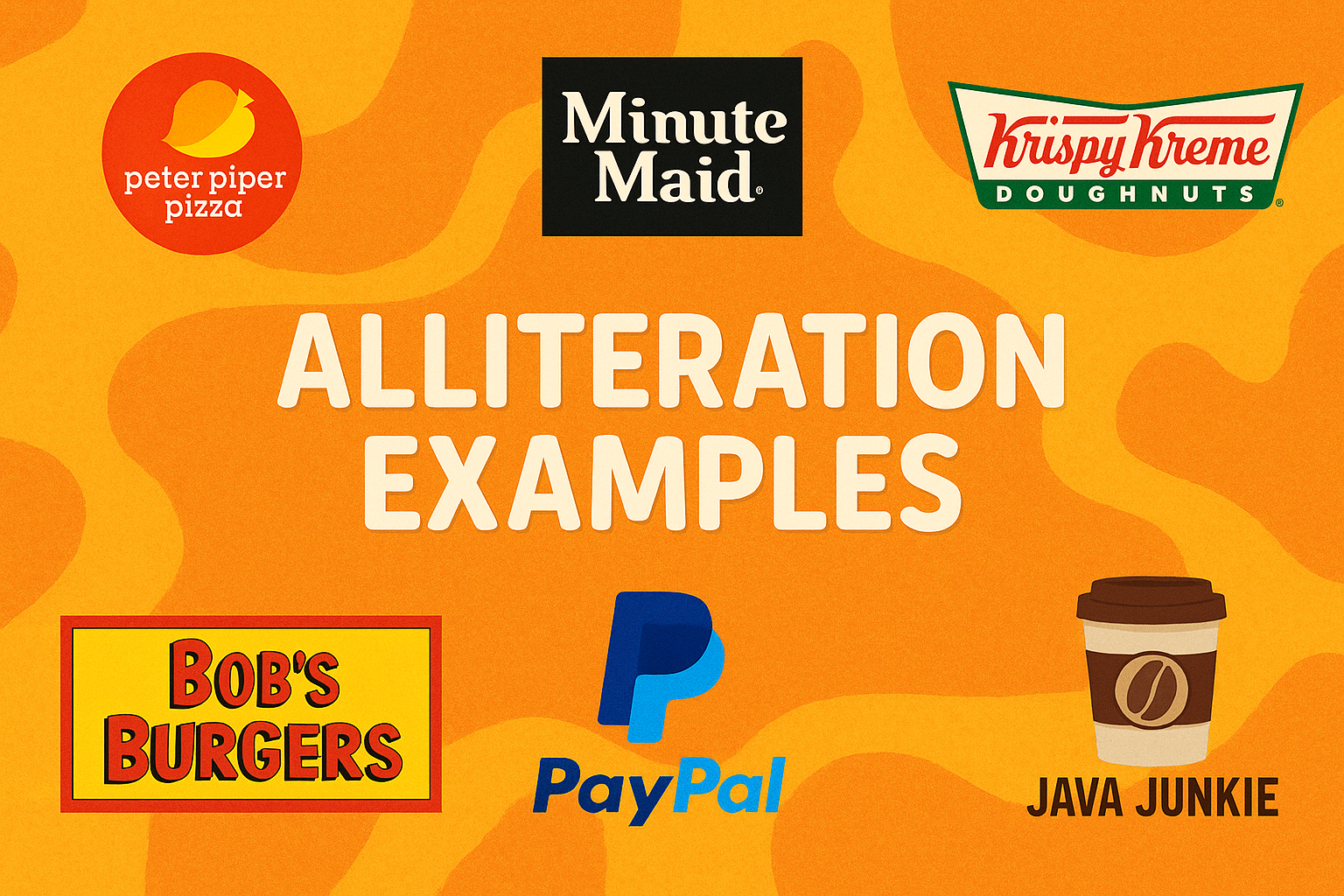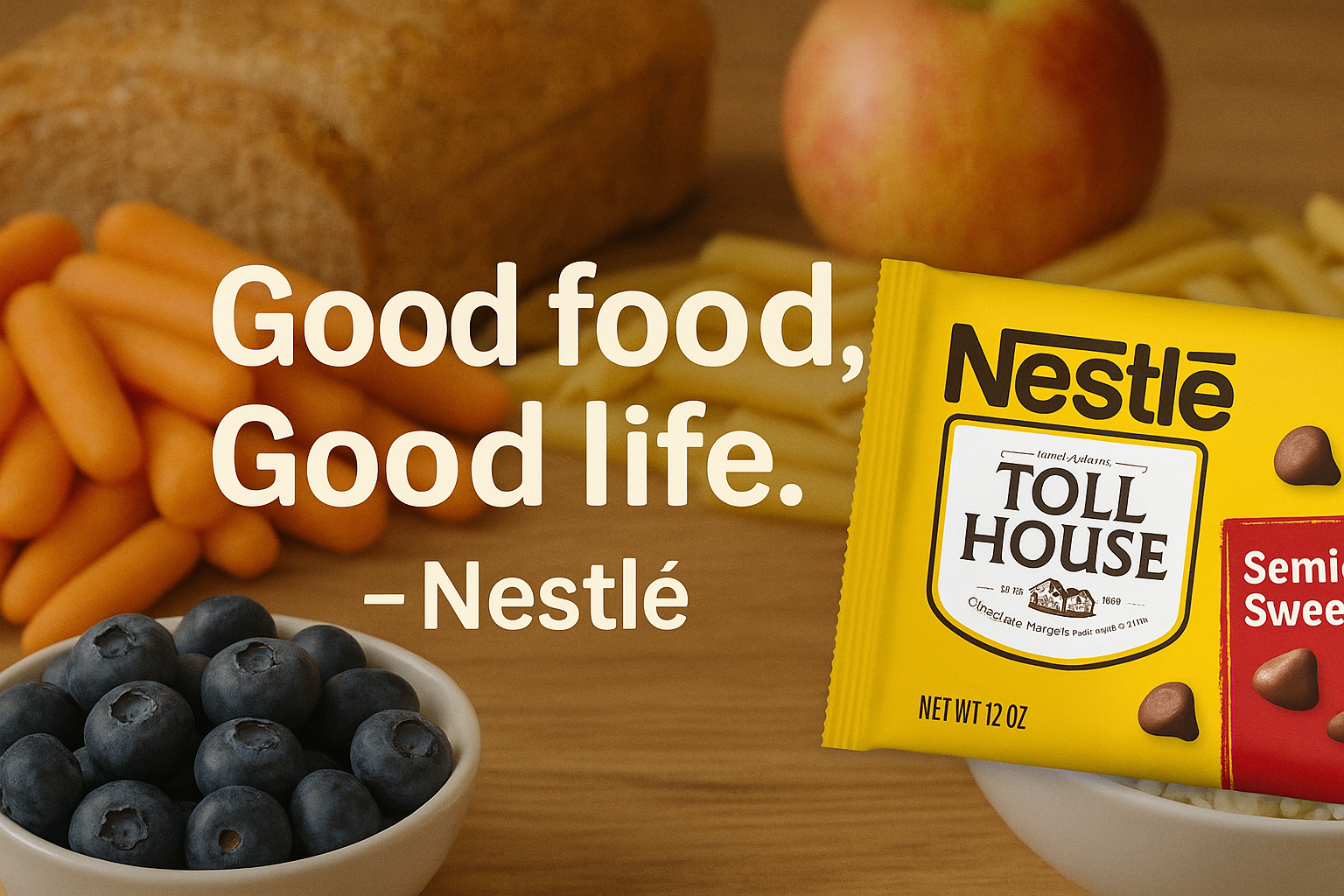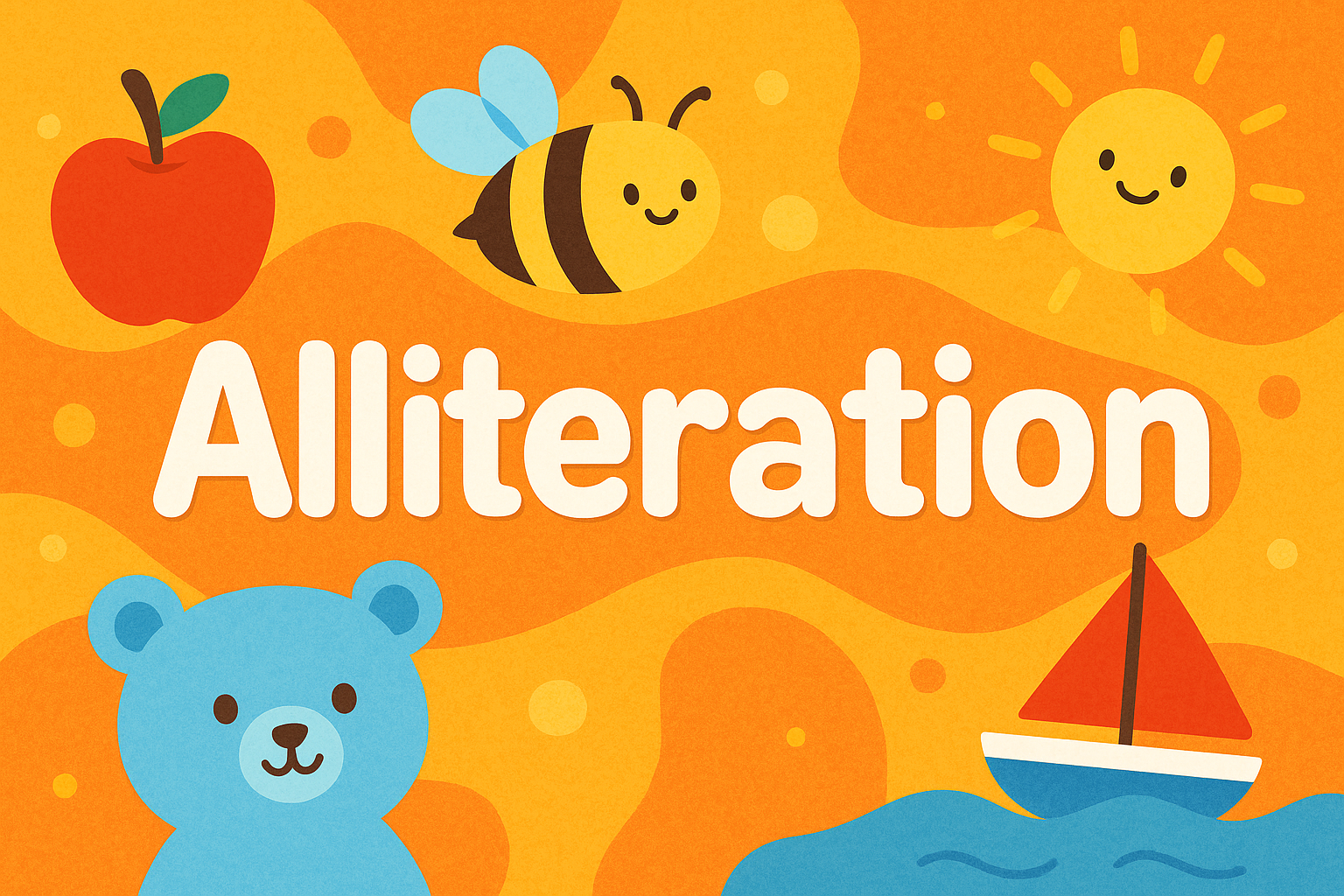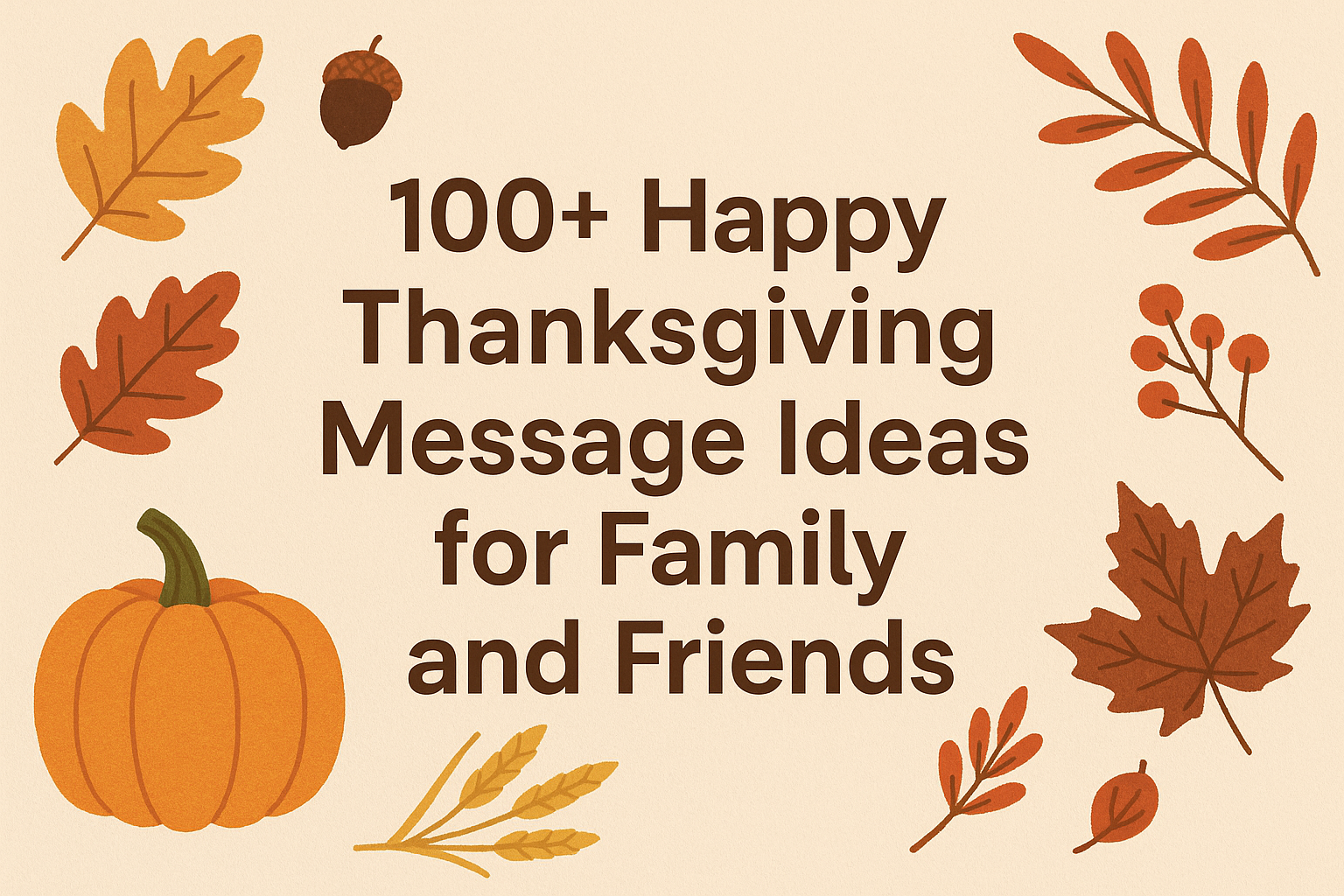Let’s talk about something that makes language fun and memorable—alliteration examples. You’ve probably heard phrases like “Peter Piper picked a peck of pickled peppers” or “She sells seashells by the seashore.” Those tongue-twisting lines stick in your mind because of alliteration. It’s the clever use of repeating sounds at the start of words, giving a rhythmic, catchy flow. Alliteration appears in poems, headlines, names, and even campaign slogans. It grabs attention, adds style, and makes language more engaging. Let’s break it down, check out some effective alliteration examples, and look at how it shapes writing and everyday speech.
What Is Alliteration
Alliteration means starting several words in a row—or close together—with the same sound. It usually happens with consonants, and it’s all about how the words sound, not how they’re spelled. So “fancy fox” works, but “giant giraffe” wouldn’t count if the “g” in one sounds different from the other.
This tool is common in poetry, songs, tongue twisters, and even business slogans. It gives sentences a musical rhythm and can draw attention to certain phrases. People have been using alliteration for centuries without even realizing it. It works across many languages and has been part of oral storytelling traditions passed down through generations.
Alliteration sticks. Say something with alliteration, and it’s way easier to remember. Think about names like Coca-Cola, Best Buy, or PayPal. They sound smooth and roll off the tongue, right? There’s something oddly satisfying about that repeated sound—it gives your words a bounce.

How Writers and Marketers Use Alliteration
Writers and marketers use alliteration to build rhythm, create emphasis, and keep things flowing smoothly. It gives their words a certain bounce—a beat your brain enjoys without even thinking about it. That rhythm makes content feel more polished and purposeful, even if the message itself is simple. Alliteration can guide the pace of a sentence, make it more persuasive, or give it a catchy hook that sticks in your mind long after you’ve read or heard it.
Think about how a slogan like “Finger-lickin’ good” or “Melts in your mouth, not in your hands” stays with you. That’s the magic of repeated sounds. Even in serious speeches or formal writing, alliteration adds strength and clarity. It draws attention without shouting. A few well-placed words starting with the same sound can turn an average phrase into something bold, memorable, and even powerful. It’s subtle, but it works like a charm.
Alliteration Examples and How They Appear in Different Contexts
Alliteration shows up in more places than you might think. From literature and brand slogans to names and everyday sayings, this technique has a way of sneaking into our daily language. The repeated initial sound helps phrases flow better and makes them easier to remember. Let’s look at a few different types of alliteration examples to see how it works in action.
In Literature
Writers have been using alliteration for centuries to shape rhythm and mood in poetry and prose. It adds a musical touch that draws readers in and sets a tone. In dramatic or emotional passages, it can build tension or highlight key ideas. Alliteration works as a subtle tool to guide the flow of words without distracting the reader. It can also help with pacing, giving lines a smooth or jarring rhythm depending on the sound chosen. Writers like Shakespeare and Poe used it intentionally to make their lines more memorable and engaging. Here are some strong alliteration examples from classic literature:
“From forth the fatal loins of these two foes” – William Shakespeare
“The soul selects her own society” – Emily Dickinson
“He clasps the crag with crooked hands” – Alfred Lord Tennyson
“Deep into that darkness peering, long I stood there wondering, fearing” – Edgar Allan Poe
“A big bully beats a baby boy” – Traditional rhyme
“The moan of doves in immemorial elms, and murmuring of innumerable bees” – Tennyson
“Betty Botter bought some butter” – Traditional verse
“The fair breeze blew, the white foam flew, the furrow followed free” – Coleridge

In Advertising and Branding
Marketers love alliteration because it helps people remember product names and slogans. A catchy phrase using repeated sounds is easier to say, more pleasant to hear, and more likely to be remembered. That’s why so many companies rely on it in their branding. Alliteration also adds a sense of creativity and polish to a business name, making it seem more professional or fun depending on the tone. It gives a punchy rhythm to slogans that can create instant recognition. If a phrase sounds good, people are more likely to repeat it—and that’s exactly what marketing is about. Here are some well-known examples:
Brand Names:
Coca-Cola
PayPal
Best Buy
Dunkin’ Donuts
Bed Bath & Beyond
Krispy Kreme
LifeLock
Range Rover
Slogans:
“Maybe she’s born with it. Maybe it’s Maybelline.”
“Don’t dream it. Drive it.”
“Better buy Buick.”
“Have a happy Honda holiday.”
“The snack that smiles back—Goldfish.”
“Good food. Good life.” – Nestlé
“Built by builders. Backed by Bosch.”
In Character Names
Alliteration makes fictional names sound punchy and memorable, especially in comics, cartoons, and stories. It helps characters stand out and adds a fun rhythm to their names. Authors often choose alliterative names for heroes, villains, and mascots to give them personality or make them easier to recall. In children’s books and superhero stories, it adds flair and makes names feel more animated or bold. Even outside fiction, public figures and entertainers sometimes have alliterative names to make them more recognizable. Here are some examples from fiction and pop culture:
Fictional Characters:
Mickey Mouse
Donald Duck
Lois Lane
Peter Parker
SpongeBob SquarePants
Willy Wonka
Lex Luthor
Bugs Bunny
Peppa Pig
Felix the Fox
Famous People:
Marilyn Monroe
Fred Flintstone
Reed Richards
Hannah Hart
Katie Couric
In Common Sayings and Phrases
Everyday expressions often use alliteration because they’re catchy and easy to pass along. These phrases are usually short and rhythmic, making them ideal for communication. Alliteration gives them that extra polish and memorability that keeps them in everyday use. People use these without even thinking about the technique behind them. They pass through generations because the repeated sounds help them stick. Here are some familiar alliteration examples you might say without realizing:
Busy as a bee
Right as rain
Back to basics
Live and learn
Home sweet home
Make money move
Bigger and better
Trick or treat
Good as gold
Quick question
Money makes more money
These sayings have that extra zing, and the sound pattern gives them life beyond the moment.
In Tongue Twisters
Tongue twisters are all about sound, and alliteration is at the heart of most of them. The repetition of similar sounds makes them tricky to say fast, which is exactly the point. They’re fun, challenging, and great for speech practice. Tongue twisters use exaggerated alliteration to create phrases that twist your tongue and make your brain work overtime. They’re often used by kids for fun, but actors, public speakers, and even language learners use them to warm up and sharpen pronunciation. Here are some classic and funny alliteration examples found in tongue twisters:
Peter Piper picked a peck of pickled peppers
She sells seashells by the seashore
How much wood would a woodchuck chuck if a woodchuck could chuck wood?
Fred’s friends fried Frito’s for Friday’s food
Six slippery snails slid slowly seaward
Betty Botter bought some butter, but she said the butter’s bitter
A big black bear sat on a big black rug
Lesser leather never weathered wetter weather better
Try saying a few of these fast—you’ll quickly see how sound repetition adds a whole new level of fun.
🎨 Most Popular Alliteration Examples 🎨
| 🎉 Alliteration Example | 🔊 Sound Repeated | 🎯 Where It's Used |
|---|---|---|
| Peter Piper picked a peck of pickled peppers | P | Tongue Twister |
| She sells seashells by the seashore | S | Tongue Twister |
| Mickey Mouse | M | Cartoon Character |
| Dunkin’ Donuts | D | Brand Name |
| Bugs Bunny | B | Cartoon Character |
| Peppa Pig | P | Kids' Show |
| Best Buy | B | Retail Store |
| SpongeBob SquarePants | S | Cartoon Character |
What Makes Alliteration So Effective
Alliteration is a simple but powerful way to help words stick. Writers, advertisers, poets, and teachers use it because it gets attention and makes language sound better. From superhero names to slogans and tongue twisters, repeating sounds adds rhythm and a smooth flow that people remember without effort.
You’ve now seen how alliteration works across literature, brand names, characters, and everyday phrases. It blends into speech and writing while giving words a little boost. If your sentence feels flat or forgettable, a little repetition at the beginning of words can give it the lift it needs.
So next time you hear “SpongeBob SquarePants” or “Peter Parker,” you’ll know there’s something working behind the scenes. Those alliteration examples show how sound can shape the way we think, write, and remember.




